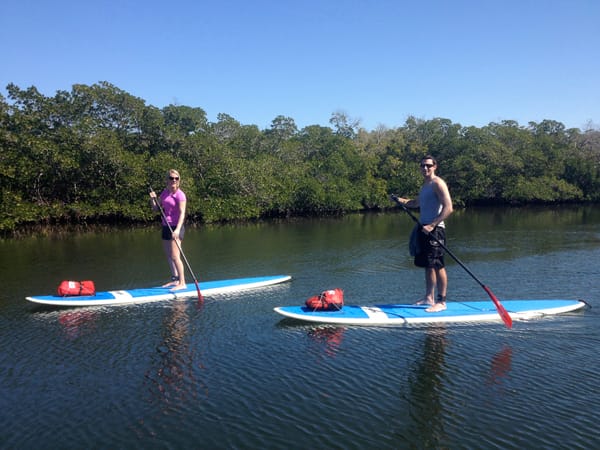Boca Grande and The New Parking Ordinance That Changes Everything
Boca Grande at a Crossroads: Why the New Parking Ordinance Threatens More Than Just Convenience Boca Grande isn’t just a destination, it’s a memory for many of us. It’s where we paddle alongside manatees, enjoy a quiet lunch near the beach, stroll downtown with an ice cream, or take in


